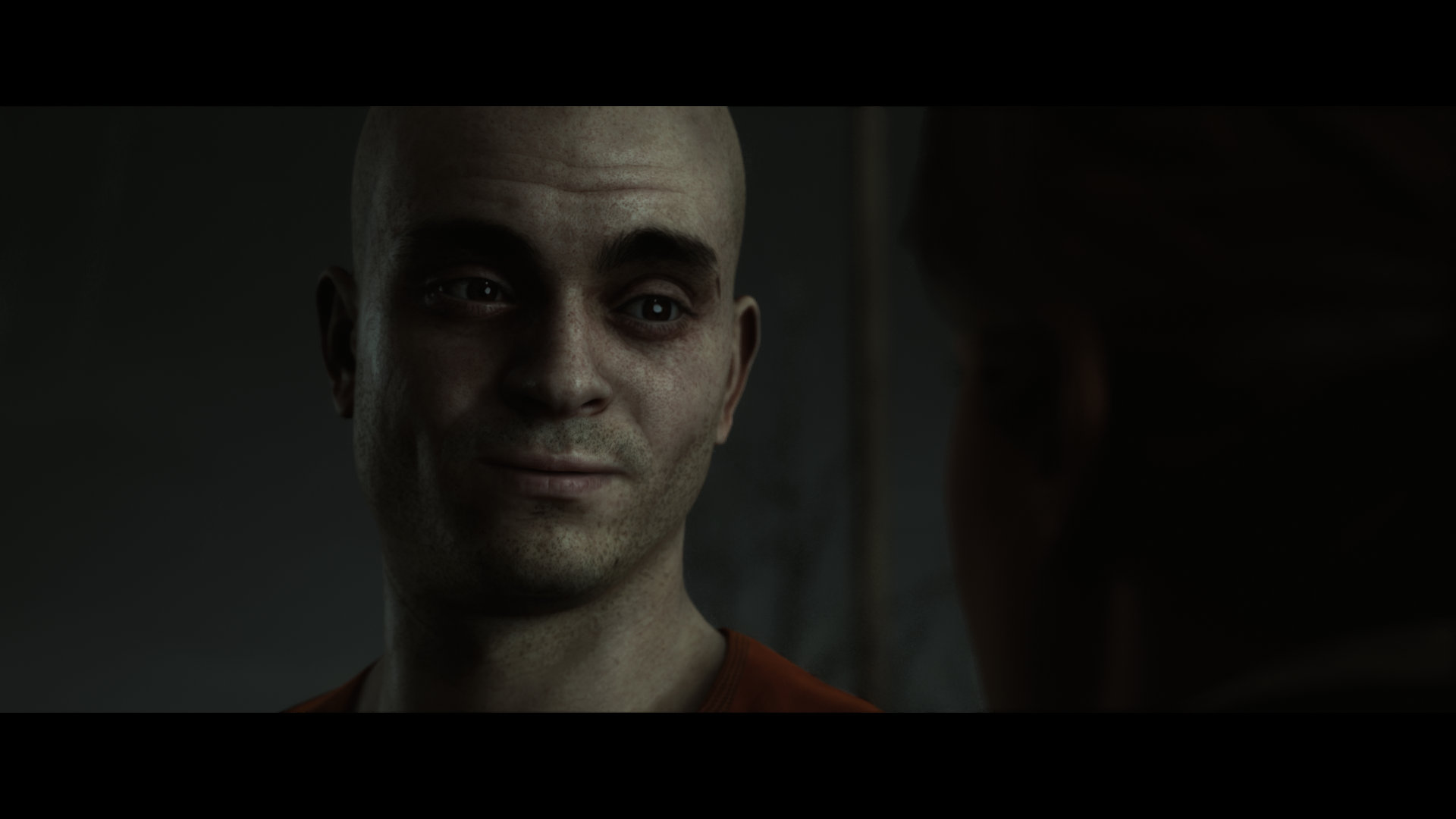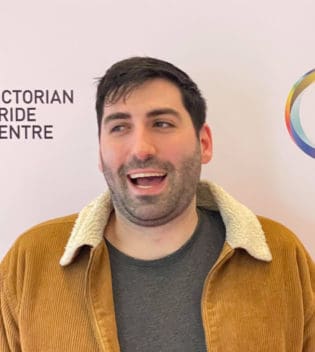Platform:
PS4
Released:
November 22, 2017
Publisher:
Sony Interactive Entertainment
Developer:
Supermassive Games
The creators of Until Dawn got bored of murdering young adults in classic ‘slasher’ fashion and have moved on to the world of gripping detective fiction. Well, that’s the idea anyway. Hidden Agenda is the new game by developer Supermassive and you’ll immediately see some familiar tropes and similarities with their past work. What is completely different is the method of interaction with the game because Hidden Agenda is part of Sony’s PlayLink series and is therefore a party game controlled entirely through your smart phone.
Hidden Agenda is a branching narrative game that follows the detective work of Becky Marney as she investigates a prolific serial killer case. The serial killer goes by the name of ‘The Trapper’ who creates traps somewhere within the crime scene or on the body of the victim that trigger when a first responder arrives. The narrative branches but all players will have to investigate crime scenes and locations of interest, talk with key people within the investigation, make decisions that can change the course of the game and ultimately learn who the serial killer is and hopefully get an ending that is positive.

Choices can make a fairly big difference within the narrative of the game. Surprisingly, it’s not just endings that change but entire scenes may play out differently, occur at different times or not occur at all depending on your choices. You really have to play these games time and time again to understand the significance of your decisions but at first glance there appears to be depth to the branching narrative that similar games aren’t able to achieve. Although having said that, the game can be completed in 2 hours and so even with branching paths the overall quantity of narrative is fairly contained.
The narrative isn’t necessarily unique but it functions well enough to make for a semi gripping story. Figuring out who you can trust and delicately navigating interactions so as to get the best result makes for some interesting moments. What functions best is the game’s social aspects however. I played the game with 5 friends and each time there was a decision to be made we would all inevitably disagree, argue, and eventually come to a consensus. Or alternatively somebody will say “screw democracy” and will attempt to steamroll the group by forcing their will (which the game allows). Being designed in such a way encourages a really positive party atmosphere – part competition, part collaboration.
Whilst socially the game is strong, narratively it has its shortcomings. The game builds up to be something more than it really is. We went in to the game intrigued and eager to figure out who the real killer was. After all, the game is called “Hidden Agenda” which would lead you to believe there would be subterfuge, mystery and intrigue. But in reality it just wasn’t any of the former. The story built up in a nice way but it kind of just fell flat. As it turns out, the name Hidden Agenda doesn’t refer to any of the game’s plot points at all. It refers to the competitive mode of the game that allows each player to be given their own Hidden Agenda throughout which they have to covertly encourage other players to go along with.
“I think one of Hidden Agenda’s biggest issues is that developer Supermassive didn’t seem to care about this project as much as their previous. “
I think one of Hidden Agenda’s biggest issues is that developer Supermassive didn’t seem to care about this project as much as their previous. Until Dawn may have been imperfect but it was an imperfect masterpiece. It was fun, engaging and ridiculous in the best of ways. Hidden Agenda took itself too seriously in contrast and didn’t manage to make a story as engaging. Honestly I think the slasher genre lended itself to Supermassive’s talents. As a studio, both games they created were a little bit jank. From the animation to the dialogue to the pacing. But for a ludicrous teen slasher those issues were forgivable, they almost added to the charm. For a detective game… not so much.
The real saving grace here is the social aspects of gameplay. Playing with friends inevitably makes things more fun and that’s a big win for Hidden Agenda. Whether it was fighting over a decision, collectively reacting to the outcome of a decision or collaboratively searching for clues at a crime scene – the social aspects seemed to work. Having the competitive mode just added an extra layer of social deception in to the mix for those who want to play that way too.
Positive:
- Socially and collaboratively progressing a story
- Competitive aspects of the game
- The workings of an intriguing narrative
Negative:
- Janky visuals, animations and dialogue
- Narrative falls flat and dissapoints in areas
Hidden Agenda was a bit of fun, but I doubt that would be the case playing solo. Some disappointing narrative choices and janky animations, dialogue and pacing really left this game sitting amongst mediocrity. There’s clearly some talent at Supermassive but what needs to happen is for the studio to take more time planning a great and surprising narrative, something gripping from start to finish. Hidden Agenda felt too rushed in many ways and there were clear improvements that could have been made to the story, dialogue and visuals that would have pushed it into impressive territory. What Hidden Agenda does prove is that the technology of interacting with your phones to collaboratively progress a story works. There is definitely some cool and unexplored ideas in this field that I would love to see in the future.











